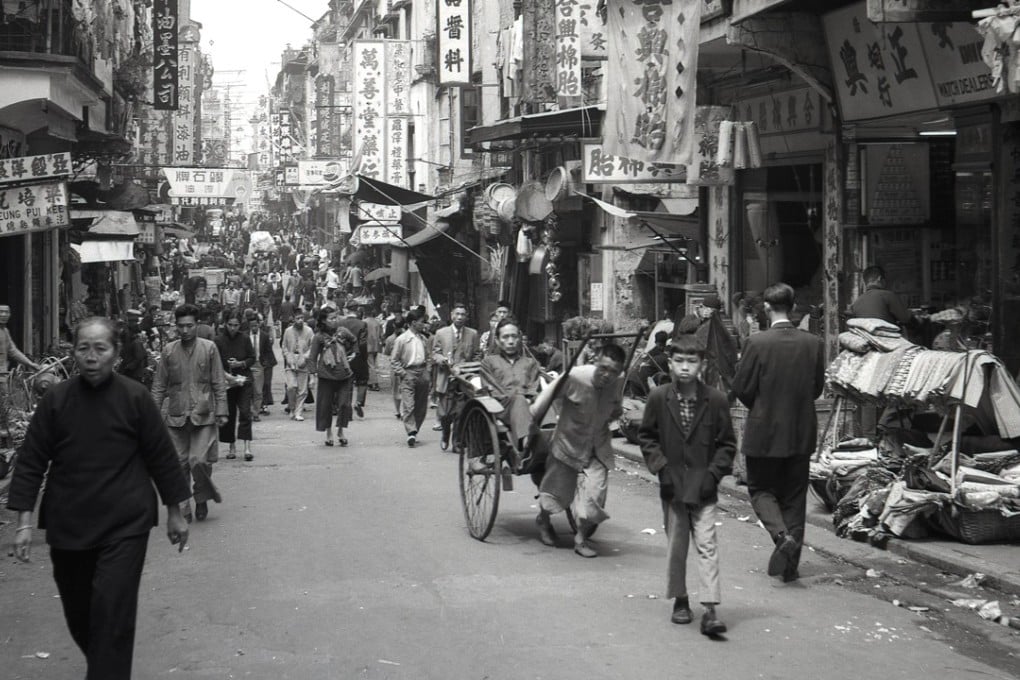What authors from Kipling to Hemingway and Auden made of Hong Kong, good and bad
- Somerset Maugham, Graham Greene, Joseph Conrad, Ian Fleming – ‘Asia’s world city’ attracted some of the globe’s most celebrated writers
- Author Paul French recalls how they praised, and condemned, Hong Kong

Visiting writers have had a mixed response to Hong Kong over the years. In 1873, novelist Jules Verne published Around the World in Eighty Days, in which he wrote that Hong Kong had “the appearance of a town in Kent or Surrey transferred by some strange magic to the antipodes”.
Rudyard Kipling may have gone on to be dubbed the “Bard of the British Empire”, but he had nothing good to say about Hong Kong, which he visited in 1889, only to be outraged by the presence of white prostitutes (he’d never had any problems with Indian ones in the brothels of Lahore).
Kipling wrote little of his brief Hong Kong sojourn, but if he was shocked by the presence of white prostitutes, we can assume he at least ventured as far as Lan Kwai Fong, as well as Wellington and Peel streets, and Hollywood Road, where most of the European-staffed bordellos were.
He may also have strolled Lyndhurst Terrace and patronised (I mean, of course, “been shocked by”) Vera’s, which was run by an American madam of the same name who was reputedly very well spoken, took extremely good care of her health, did not smoke, was teetotal and, if possible, would not hire diseased girls. To be truly shocked, Kipling may have found himself on Gage Street, a rookery of immense villainy at the time.
Somerset Maugham was famously “welcome only once” wherever he went. This was due to his rather scurrilous short stories that resulted from his travels, and which enraged expats in the likes of Malaya and Singapore. In 1925, Maugham’s novel The Painted Veil was published. It was set partly in Hong Kong, which he had visited. The story of the lovely but shallow Kitty Fane, adulterous wife of Walter, a bacteriologist stationed in China, and of her husband’s revenge, outraged Hong Kong.